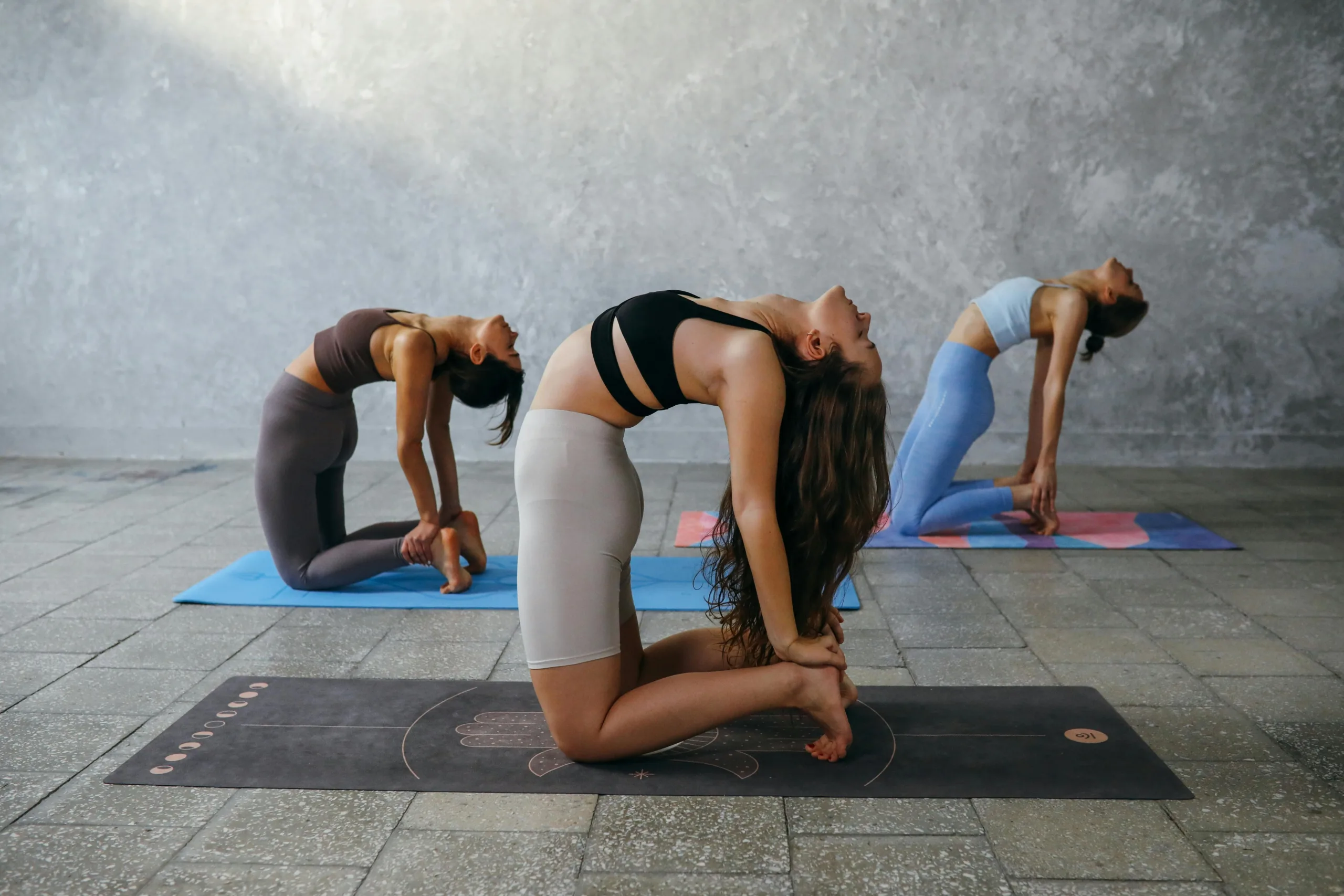-
Table of Contents
The Direct Benefits of Good Flexibility
Which of the following is a direct benefit of Good Flexibility?
Flexibility is an often overlooked aspect of physical fitness, but it plays a crucial role in overall health and well-being. Good flexibility allows for a greater range of motion, improved posture, reduced risk of injury, and enhanced athletic performance. In this article, we will explore the direct benefits of good flexibility and why it should be an essential part of everyone’s fitness routine.
1. Increased Range of Motion
One of the most obvious benefits of good flexibility is an increased range of motion in joints and muscles. When you have good flexibility, you can move your body more freely and comfortably. This is particularly important as we age, as flexibility tends to decrease over time. By maintaining or improving flexibility, you can continue to perform daily activities with ease and reduce the risk of developing mobility issues.
For example, a study published in the Journal of Aging and Physical Activity found that older adults who participated in regular flexibility exercises experienced significant improvements in their range of motion. This increased range of motion allowed them to perform activities such as reaching overhead, bending down, and getting in and out of chairs more easily.
2. Improved Posture
Good flexibility also contributes to improved posture. When certain muscles are tight and inflexible, they can pull the body out of alignment, leading to poor posture. This can result in a variety of issues, including back pain, neck pain, and headaches.
By incorporating flexibility exercises into your routine, you can stretch and lengthen these tight muscles, helping to restore proper alignment and improve posture. For example, regular stretching of the chest and shoulder muscles can counteract the forward rounding of the shoulders that often occurs from sitting at a desk for long periods.
A study published in the Journal of Physical Therapy Science found that individuals who performed regular stretching exercises targeting the muscles responsible for maintaining good posture experienced significant improvements in their postural alignment. This not only improved their appearance but also reduced their risk of developing musculoskeletal issues.
3. Reduced Risk of Injury
Flexibility plays a crucial role in preventing injuries, particularly during physical activities or sports. When muscles and joints are flexible, they can move through a greater range of motion without strain or excessive force. This reduces the risk of muscle strains, sprains, and other soft tissue injuries.
For example, a study published in the Journal of Strength and Conditioning Research found that athletes who incorporated regular flexibility training into their routine had a lower risk of experiencing injuries compared to those who did not prioritize flexibility. The increased flexibility allowed their muscles and joints to absorb and distribute forces more effectively, reducing the likelihood of injury.
4. Enhanced Athletic Performance
Flexibility is also closely linked to athletic performance. When muscles are flexible, they can generate more power and perform movements more efficiently. This is particularly important in sports that require explosive movements, such as sprinting, jumping, and throwing.
Research published in the Journal of Sports Sciences found that athletes who had good flexibility in their lower body had better running economy, meaning they required less energy to maintain a given pace. This allowed them to perform at a higher level for longer periods, giving them a competitive edge.
Additionally, flexibility can improve technique and form in various sports. For example, a study published in the Journal of Strength and Conditioning Research found that gymnasts who had greater flexibility in their hip and shoulder joints were able to execute complex movements with greater precision and control.
Which of the following is a direct benefit of Good Flexibility?
Summary
Good flexibility offers numerous direct benefits, including increased range of motion, improved posture, reduced risk of injury, and enhanced athletic performance. By incorporating regular flexibility exercises into your fitness routine, you can enjoy these benefits and improve your overall physical well-being. Whether you are an athlete looking to enhance performance or an individual seeking to maintain mobility and prevent injuries, prioritizing flexibility is essential. So, start stretching and reaping the rewards of good flexibility today.
Also Read
True stories of transformation.
Readers also Buy
Amazon Basics 1/2 Inch Extra Thick Exercise Yoga Mat with Carrying Strap





